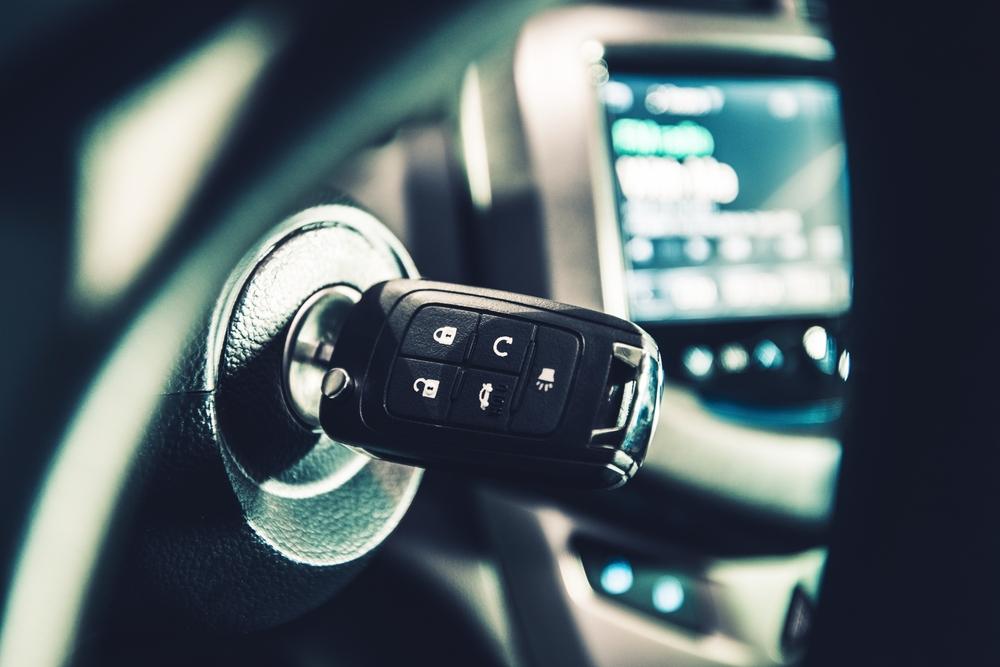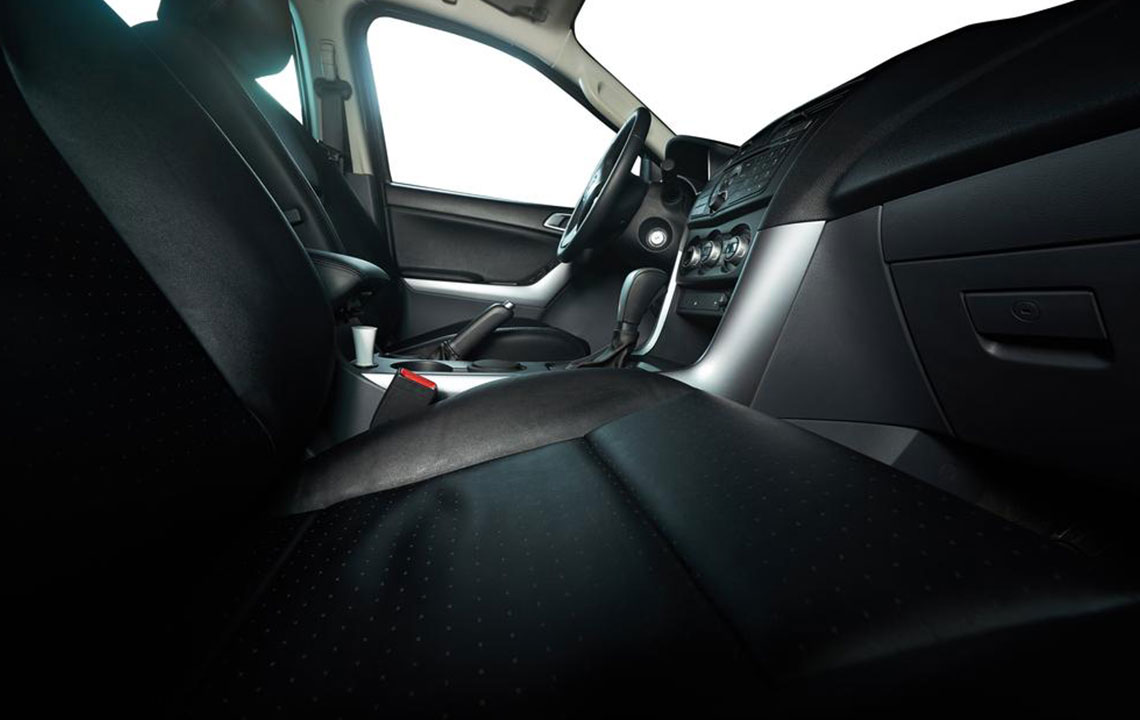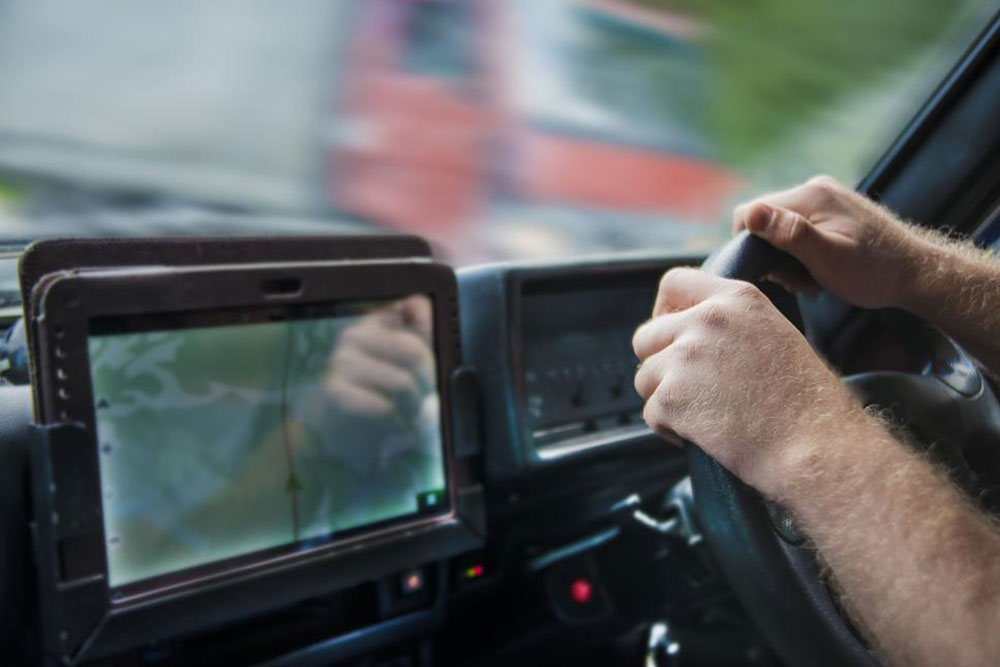Comprehensive Guide to Modern Car Central Locking Systems: Architecture and Functionality
This comprehensive article delves into the architecture, components, and operation of modern central locking systems in vehicles. It covers the evolution from manual locks to electronic, wireless, and contactless systems, explaining the roles of actuators, transponders, remote controls, and push-button start systems. Understanding these technological advances highlights how automotive security has become more sophisticated, ensuring safer and more convenient vehicle access. The article also explores future trends in vehicle security technology, emphasizing continuous innovation in the automotive industry.

Comprehensive Guide to Modern Car Central Locking Systems: Architecture and Functionality
In the modern automotive industry, security and convenience are paramount, and central locking systems play a pivotal role in achieving these goals. These sophisticated systems are a blend of electronic and mechanical components designed to control vehicle access seamlessly, ensuring that only authorized users can gain entry. This in-depth article provides an extensive overview of the components that make up these systems, how they operate, and the technological advancements that have transformed vehicle security over the years.
Understanding How Central Locking Systems Operate
Central locking systems have evolved significantly from their manual counterparts. Traditionally, vehicle doors were secured individually using mechanical locks that required physical keys. These manual systems became increasingly cumbersome as vehicles became more sophisticated, prompting the development of automated solutions for enhanced security and user convenience.
In the earliest days, vehicles used manual locks operated via physical keys, which required users to physically engage or disengage each lock individually. While simple, these systems had limitations in terms of speed and security. As technology advanced, pneumatic lock actuators became popular, utilizing vacuum chambers to synchronize locking mechanisms across multiple doors simultaneously, making it easier and faster to secure or open all doors with a single action.
Despite these advancements, the real revolution in vehicle locking technology emerged with the integration of electronic and wireless controls. Modern vehicles now feature keyless entry systems, remote unlocking, and keyless start mechanisms, greatly improving user convenience. These systems rely heavily on electronic signals and wireless communication to operate seamlessly, providing a more sophisticated approach to vehicle security.
The core components of today's central locking systems encompass a range of electronic modules, sensors, and actuators that work together to deliver a reliable and user-friendly experience. Let’s explore these components in detail:
Actuators
Embedded within each door, actuators are responsible for physically moving the lock mechanism. They combine mechanical latches with electric motors, allowing doors to be locked or unlocked electronically. The actuator’s role is crucial because it translates electrical signals into mechanical action, making control swift and efficient.
Transponder Technology
Integrated into the vehicle keys or key fobs, transponders emit unique radio signals that verify authorized access. When you attempt to start your vehicle, the transponder communicates with the ignition system. Only after mutual verification does the system permit engine start, enhancing vehicle security against theft.
Remote Control Devices
These devices operate via radio frequency signals, allowing drivers to lock or unlock their vehicles from distances of up to 100 meters. Modern remote controls are often integrated into smart key fobs, which offer intuitive operation and additional functionalities like trunk release and panic alarms, replacing traditional key-operated systems.
Start/Stop Systems
Developing from transponder technology, push-button start systems have become increasingly common. With contactless operation, drivers can start the engine merely by pressing a button after carrying the appropriate transmitter device, such as a key fob or smartphone app. This system not only provides convenience but also enhances security by ensuring that only keyholders can activate the vehicle.
Beyond hardware, software algorithms play a vital role in coordinating these components, ensuring reliable operation and security integrity. Modern vehicles often feature advanced encryption methods to prevent hacking or unauthorized access, making central locking systems more robust than ever before.
These technological innovations have considerably enhanced vehicle security, making theft more difficult and access more convenient for owners. From manual locks to sophisticated wireless systems, the evolution of central locking technologies reflects the broader technological progress in the automotive industry, emphasizing safety, convenience, and advanced security measures.
Overall, understanding the components and functioning of central locking systems provides valuable insights into automotive security technology’s sophistication. As these systems continue to evolve with innovations like biometric verification and cloud connectivity, the future of vehicle security holds even greater potential, promising safer and smarter transportation solutions for all users.





